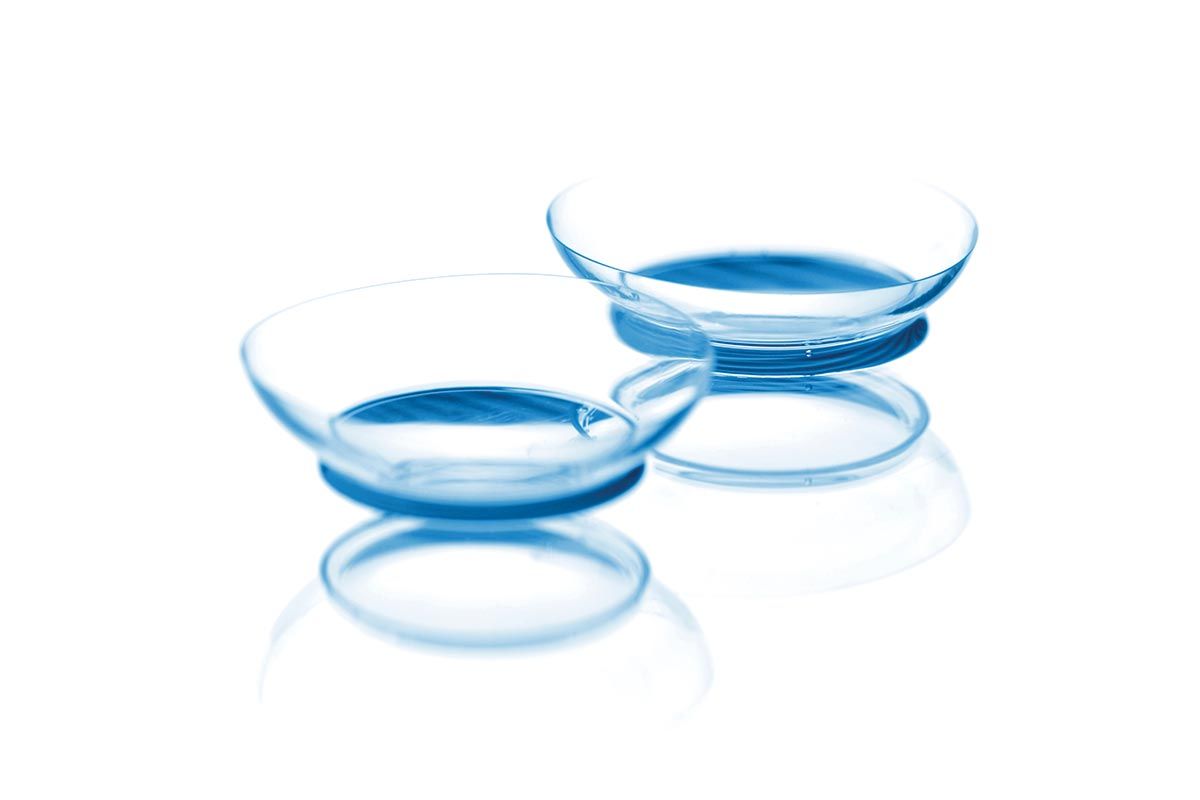Orthokeratology: One Way to Manage Myopia

Blog vol 5.6. Orthokeratology: One Way to Manage Myopia
Myopia (nearsightedness) in children is on the rise due largely to increased screen time and reduced outdoor time. We can slow it down. Axial length measurements of the eye are key in early detection of myopia. This is done with a special machine called the “Myah”.
There are four known ways to slow myopia down. The one we will be looking at today is orthokeratology.
In the 1960s, contact lens fitters discovered that if they fit a hard lens flatter at the centre it would cause the cornea to “flatten” and thus change its refraction, leading to less nearsightedness. With the development of high oxygen transmission hard lenses, or gas-permeable lenses, safe and effective overnight wear became a reality in the early 2000s.
Orthokeratology lenses are designed to float on top of the eye’s tear film and apply gentle water-based (hydraulic) pressure to the front layer of the cornea, the epithelium. The hydraulic pressure causes the cells of the epithelium to move from the center of the cornea to the periphery. This migration of corneal cells leads to a temporary reshaping of the cornea and correction of the refractive error.
The new corneal periphery creates an off-centre area of defocus that helps in myopia management (actually, the same kind of defocus that other myopia treatments use). The beauty of orthokeratology is that once the nightly treatments take effect you do not have to wear contacts or glasses during the day. (Read more on orthokeratology here).
For best results, the axial length measurement and the corneal map need to be monitored regularly. The orthokeratology lenses are worn every night as the change in the shape of the cornea is temporary. The lenses are custom fit and therefore not cheap. However, orthokeratology is a one-time fee like orthodontics.
Orthokeratology is not for everyone, not all children are good candidates. The child needs to be 9 or 10 years old for the best results. It is a really good option if you do check all the boxes. Orthokeratology can reduce the development of myopia by up to 50% and allows the child to be glasses and contacts-free during the day. Have a consult to see what works best for you and your child.
Til next week,
The good doctor






